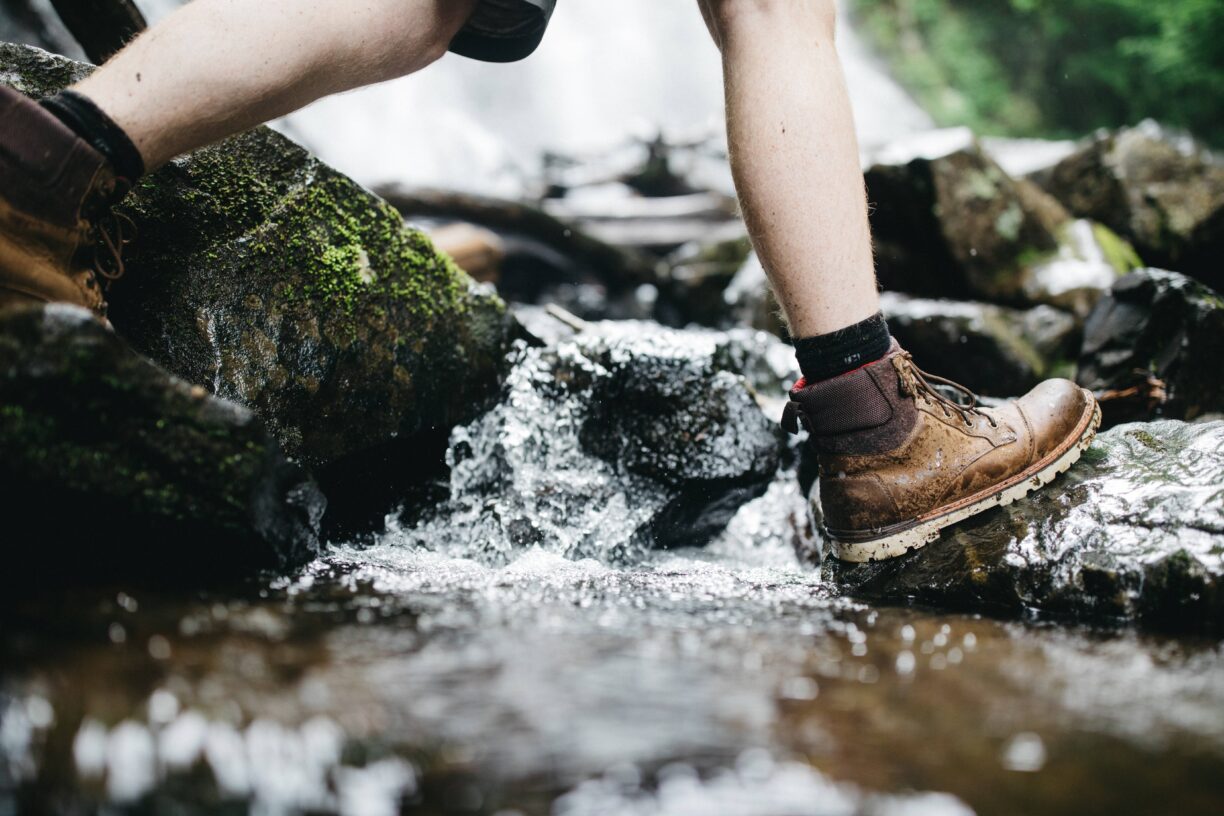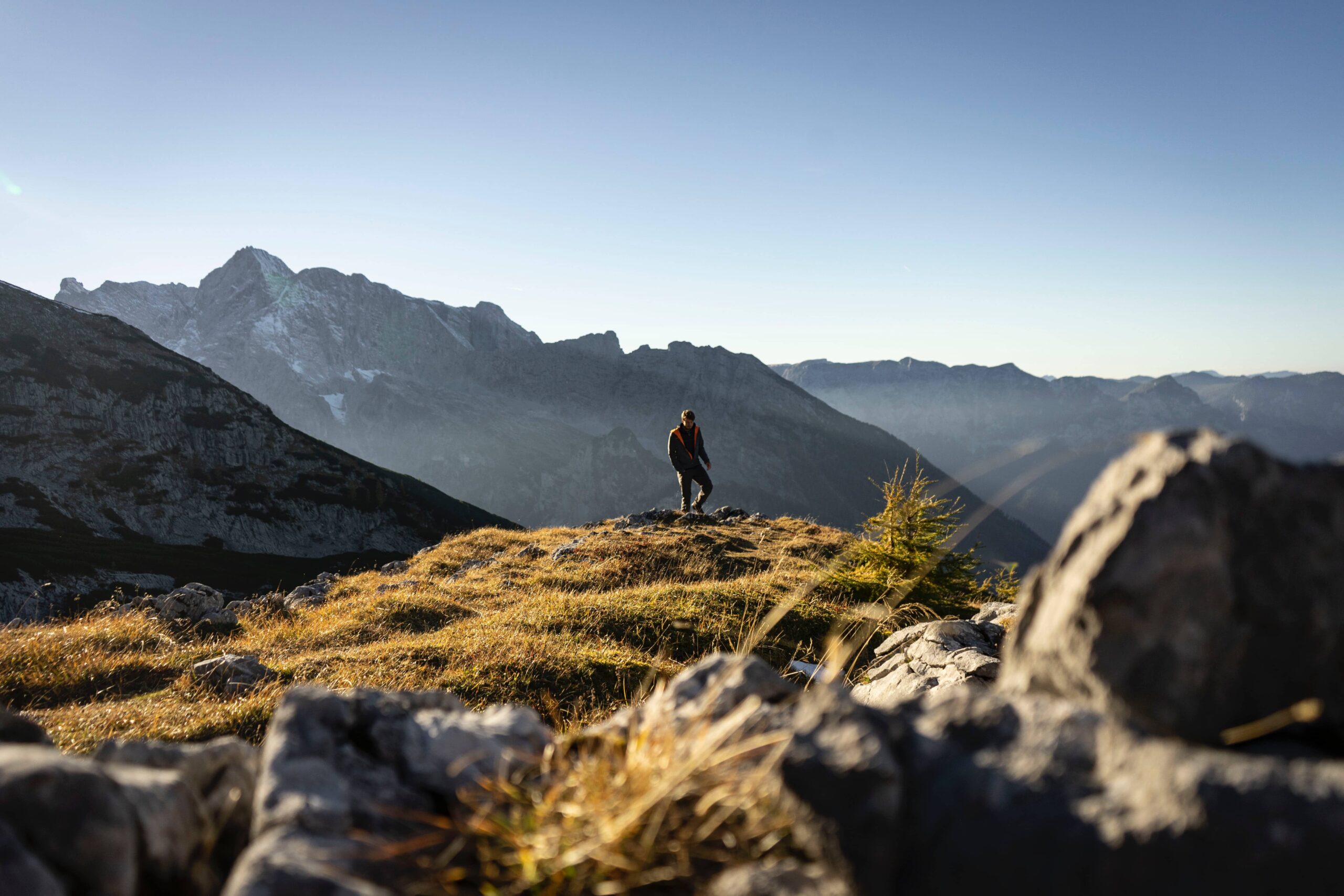As the new year rolls in and new year’s resolutions are drawn up, you might have signed up for a challenging expedition or two.
To help you prepare for your new pursuit, I have put together a comprehensive guide to help you get off to a good start in 2024.

Strength training for hiking and trekking
If you’ve signed up for a hike or trek, it’s important to start strength training as soon as possible to give you the strength to haul yourself up steep inclines.
When devising your training program, it’s a good idea to focus on strengthening your legs first. Simple exercises like squats, deadlifts and lunges can work the quads, hamstrings and glutes all at once.
You should also incorporate core exercises into your training plan as a strong core will increase your stability and suppose balance and posture, ideal for tackling uneven surfaces.
Don’t neglect your upper body though! As you’ll be carrying a heavy backpack and potentially navigating touch terrains, you must be strong enough to support your body weight.
Endurance building techniques
It’s no secret that you need to be physically fit to tackle some of the more challenging hikes. Rather than struggle on the day, be sure to incorporate some endurance training into your exercise plan.
To improve your general fitness and lung capacity, regularly engage in cardio workouts like running, cycling and interval training.
If you don’t feel able to go on a distance run yet, don’t worry! There are plenty of structured training plans that focus on gradually increasing distance, such as the Couch to 5K. This is a great way to build your pace and stamina over time.
Consider weight management
According to statistics, 26% of adults in the UK are obese. If you’re carrying a few extra pounds, it’ll make trekking and hiking that little bit harder. If you want to make your hike a little bit easier, it’s a good idea to get into shape before you set off.
Creating a sensible calorie deficit by reducing food and increasing output is a great way to shape up and lose weight ahead of your expedition.
Take steps to reduce the risk of injuries
It’s important to take the necessary precautions to avoid injuries while you’re hiking. One way to reduce this risk of injury is by improving your flexibility with stretches and mobility exercises.
Having the correct gear can make a huge difference to your hiking experience too so it’s important to ensure you have the right footwear for the terrain.
Try some altitude training
Preparing the body for reduced oxygen levels enhances performance and minimises altitude-related risks. To prepare yourself, you should use special breathing techniques and do regular interval training to help improve your lung capacity.
Final thoughts…
The journey to becoming a seasoned hiker or trekker isn’t always as simple as it sounds. To become a master of outdoor pursuits, you’ll need to adopt a holistic and transformative approach that extends beyond the trails themselves.
Training and fitness are pivotal in enhancing your overall hiking experience – but they’re also crucial to ensure the safety and success of each expedition.
Committing to a well-rounded training regime which includes cardiovascular endurance, strength training, flexibility drills, and mental resilience means you’ll be well-equipped to conquer all matters of challenging terrain.
